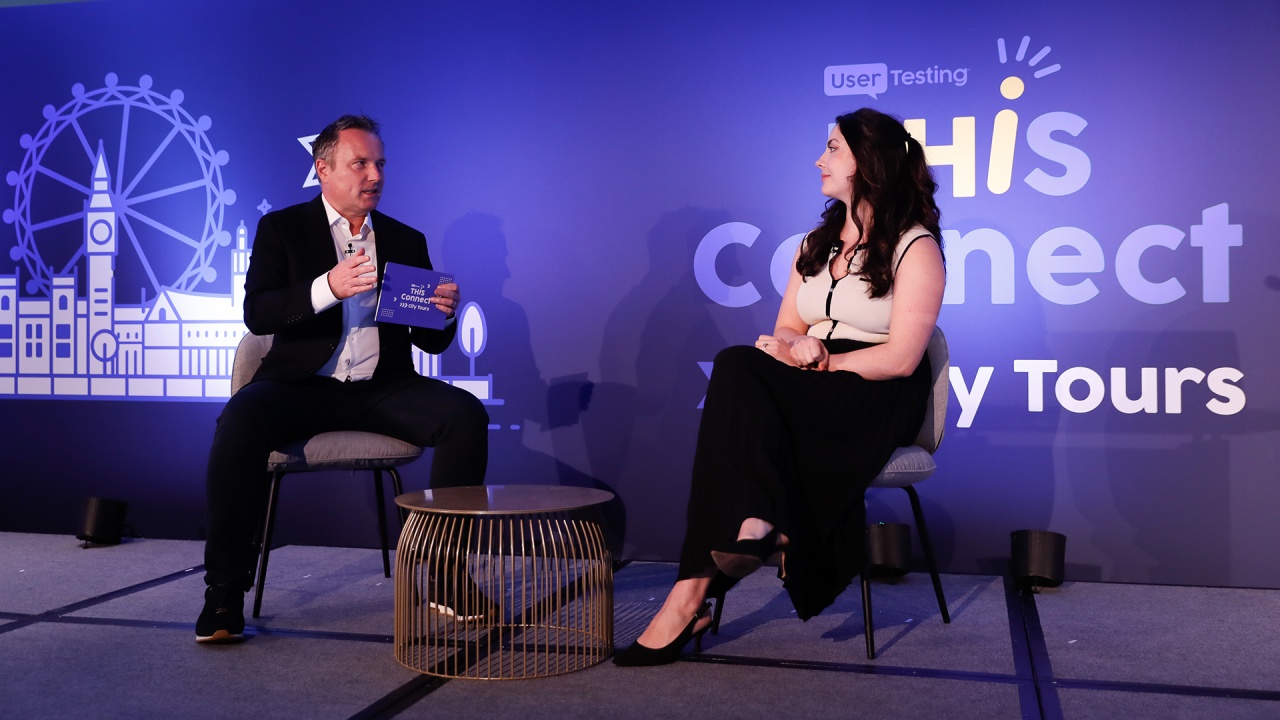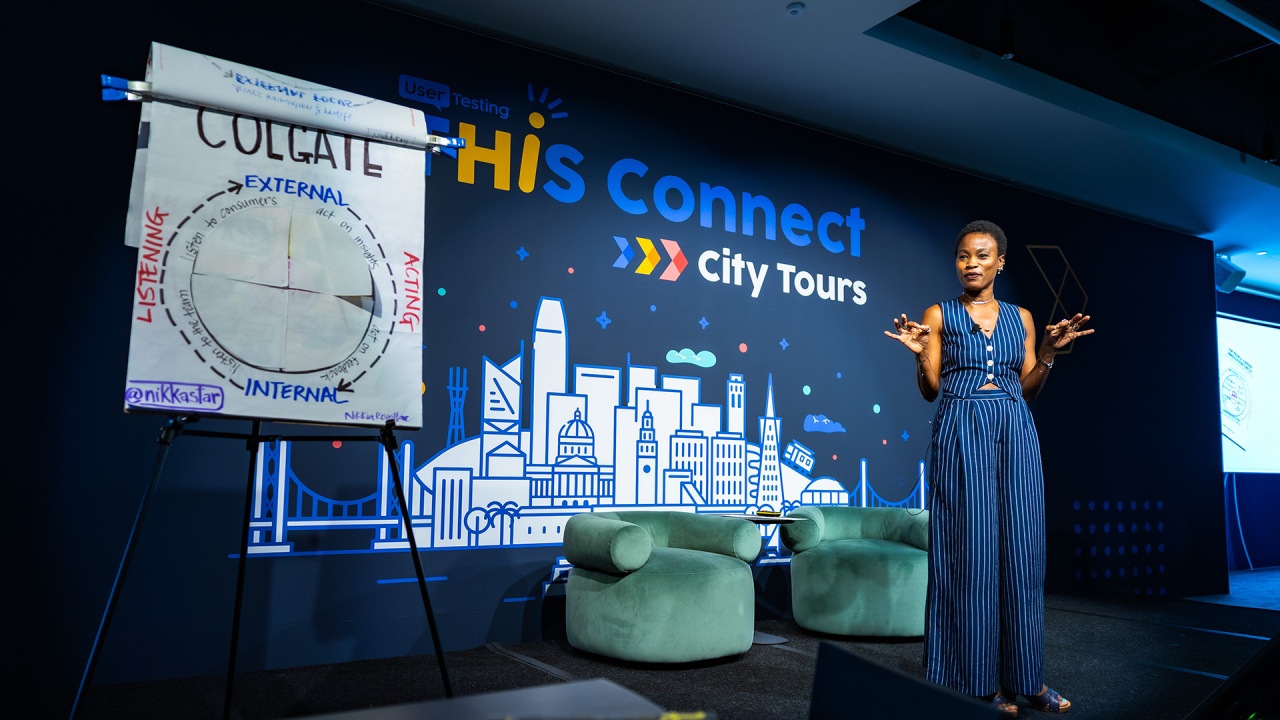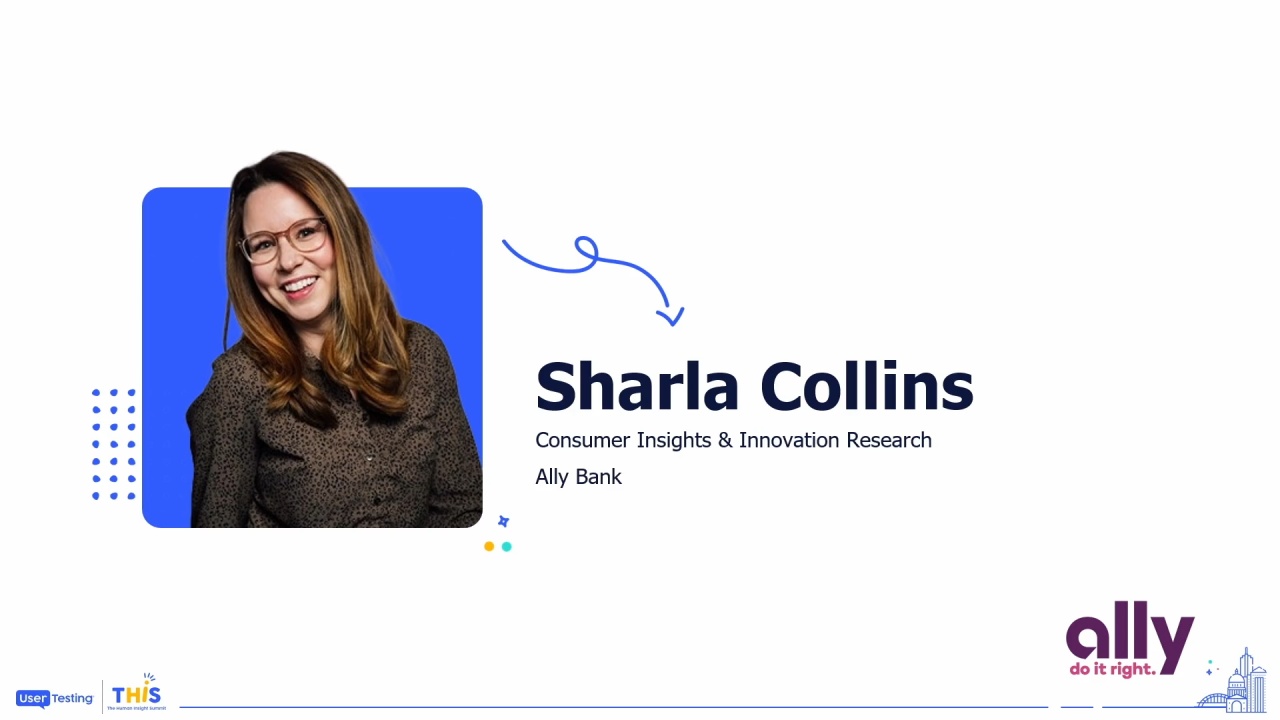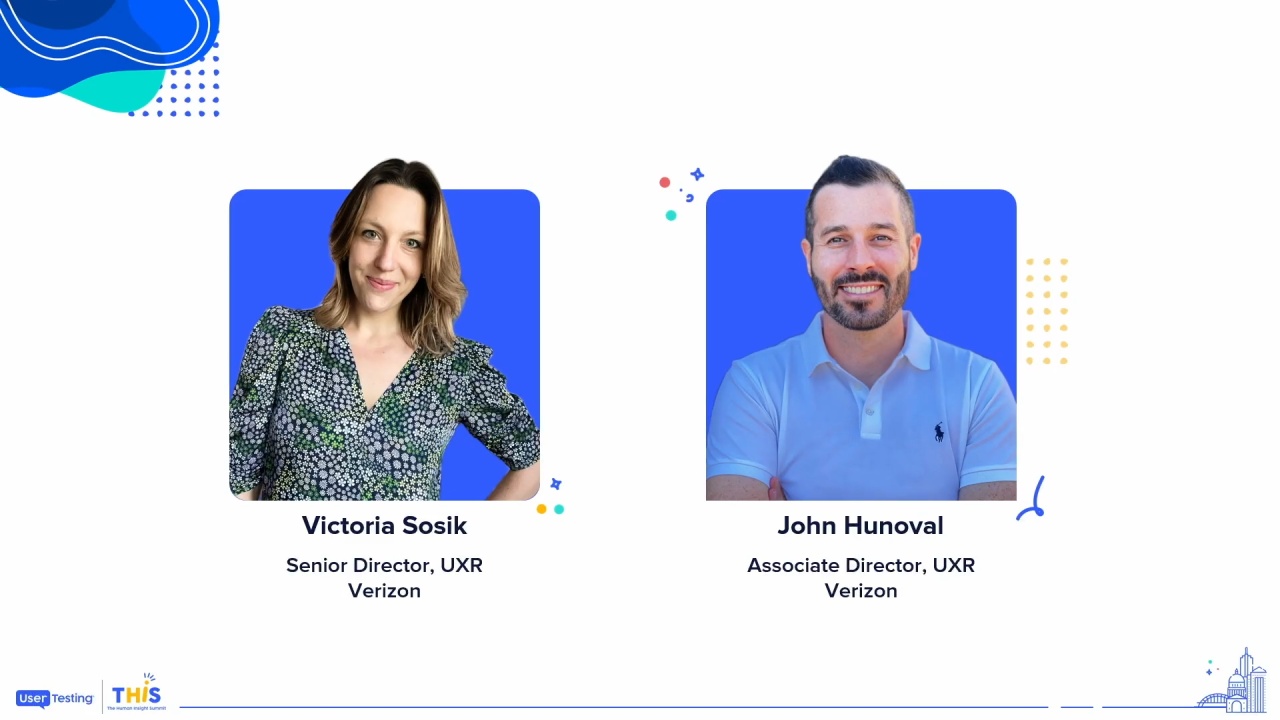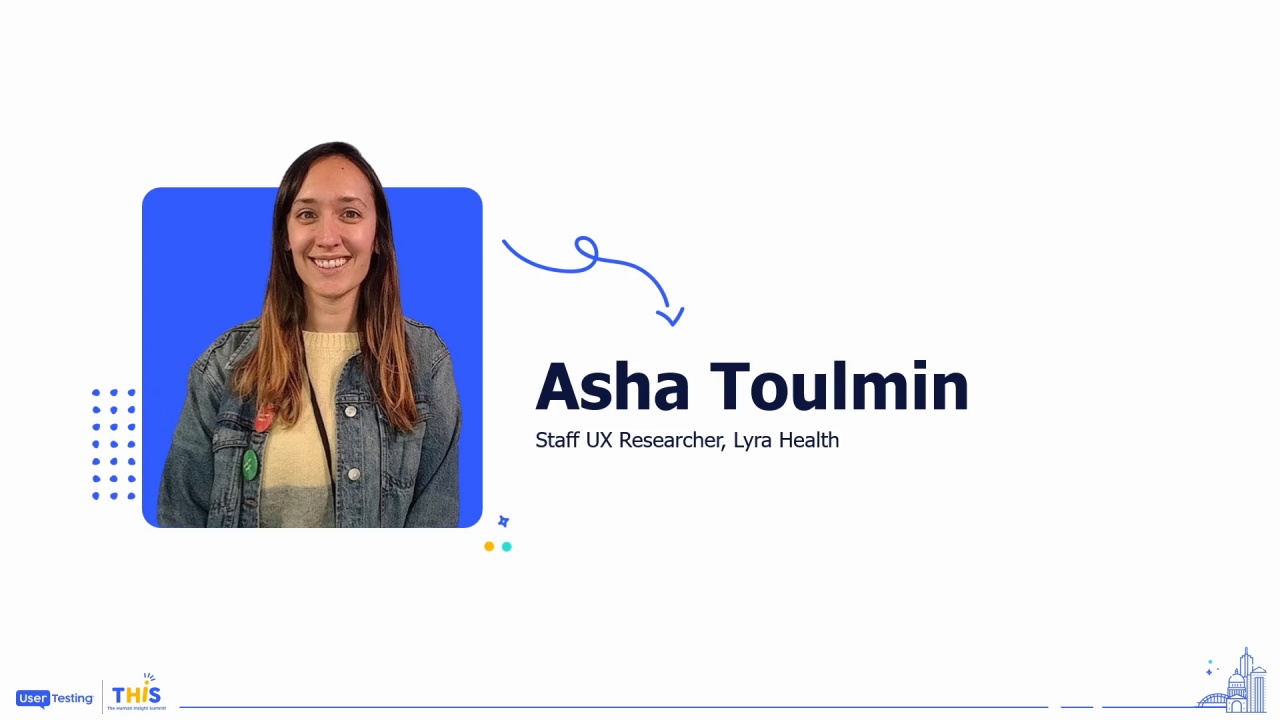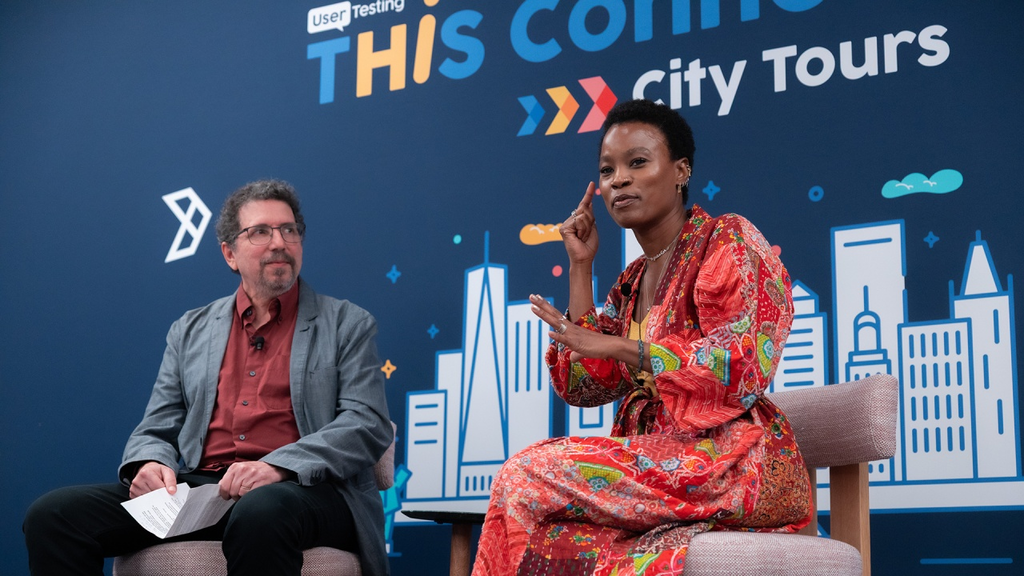
Fireside chat: Innovation Isn't Broken. Our Thinking About People Is Fireside chat: Innovation Isn't Broken. Our Thinking About People Is
Nikkia Reveillac
keynote speaker, former Global Insights Executive at Netflix, Twitter, and Colgate-Palmolive
Ron Miller
Operating Partner and Editorial Director, boldstart ventures and ex-TechCrunch Enterprise Technology Reporter
This fireside chat explores the value of placing people at the heart of business decisions and culture. Speakers emphasize the power of open dialogue, diverse perspectives, and honest communication in driving innovation. They discuss the role of AI as a creative partner—not a replacement—and highlight how user research and collaborative thinking lead to better ideas. Ignoring user needs, they warn, risks damaging both performance and reputation. The conversation makes one thing clear: focusing on people creates better outcomes for teams, products, and organizations alike.
We've we've seen a lot of great talks this morning.
Jamie talked about how buying is a human emotional action, and he also talked about the number of tools that we have to try and reach those customers.
You talked about how the human has to be at the center of that regardless of whether there's a technology involved or human insight or serendipity or eureka moments.
We have to have people at the center of our thinking.
And I was thinking as I as I read, you you know, you shared your your presentation, which you changed a little...
We've we've seen a lot of great talks this morning.
Jamie talked about how buying is a human emotional action, and he also talked about the number of tools that we have to try and reach those customers.
You talked about how the human has to be at the center of that regardless of whether there's a technology involved or human insight or serendipity or eureka moments.
We have to have people at the center of our thinking.
And I was thinking as I as I read, you you know, you shared your your presentation, which you changed a little bit, but the basis with the basics for the same, before before we, we came here.
I was thinking that as you presented this, it sounds so great. You know? It sounds like, wow. That sounds like really easy if I could just put people at the center.
But most organizations are complicated, and they have kind of established culture.
And a lot of what you're talking about is a cultural problem. Right? And you have to make room for people to think creatively.
You have to make room for people to be able to have the confidence to push back without being mean, without being, you know, pedantic, but to be able to say, you know, that idea needs work. Right.
If you're not that company yet, how do you begin to build that culture of of change that you need to get there?
I'm really excited to be with you, Ron. He's a superstar, and, you know, I'm, like, shy. Actually, I'm clearly, I'm not shy.
My nature of art.
I'm an ambivert.
You know, I think the example that I showed of Twitter and, you know, shout out to all of my ex tweets in the room.
The reality is that you first have to know the beast that you're dealing with. And I think for all of us working inside of companies, sometimes it's hard to pull yourself out of your day to day and to be like, what is the culture of decision making? And I think if you know that, people pay lip service to things like, oh, we love insights and we love customer centricity, but at the end of the day, the decision is purely motivated by profits. Stand with that and just be like, okay. That's the decision.
To create change, though, it's like, well, now I'm not sure where my allies are, but I can start with my own little team. And that's why I gave the example of what's your team doing. Right? Because I do think that if you can find ways inside of your own cross functional team to create spaces for this kind of discussion, and that's why I gave you that paper, it starts small.
It might be asking, do we all have access to the great insights that are coming out about the customers that we're serving? Or no? What can we do differently? A Google Drive?
Alright. That's an easy step. Or it might be, we don't actually feel safe to challenge anything. But we're gonna start a challenge Fridays, where every Friday, people come with proposals, and the whole objective is to have an open, honest discussion knowing that it's not a personal attack, but a constructive attack on the proposal so that on Monday, we have a little bit more insight on where to close a gap, how to make an adjustment.
And so my message for those of you who are sitting inside of organizations where you know that this kind of love affair with people and understanding not only of the importance of insights, but also creating environments where diverse voices. And I say when I say diverse, I mean, in all the ways that you could define it. If that's not the thing that you're dealing with, control what you can control. It starts with a colleague, your cross functional team.
And I think the thing that I've coached people to do is when you're nervous about pushing back, be honest about it. There's nothing wrong with saying, I'm a little bit nervous about doing this.
Especially if it's somebody who's, like, above you on the org chart.
Totally. Totally. But I mean, who's I mean, unless you're some sort of beast. Right. Who's gonna be like, I don't care about your nervousness?
Mhmm.
I hope that, you know, all of us still have, like, a wee bit of humanity left in this.
So you you you you talked about, you know, being more concerned about profits than people.
And I'm wondering, like, if you do this right, don't the prophets come and that you're not thinking about Yes. If I thinking about the people?
Ronnie, you should give the speech.
Okay.
That's exactly switched to Yeah.
I was like, yeah. That I think that is part of the case building inside of the stories that sell and not just tell. And the reason why I talk about that because, you know, you hear a lot about storytelling, and that's important. But I think storytelling is often something that triggers people to say, oh, I need to create a story that shows that if you do this well, the bottom line will follow.
Focus on the people and the profits will follow. The reality is that it's a little bit of a longer tail. Right? So whereas some tactics are incredibly, quick in showing the results, so short term strategies, things like brand building and change inside of organizations, it takes a little longer.
And so stories that sell often include analogous inspiration, examples from other companies that did what you're trying to do and ended up having profits follow. Airbnb, Patagonia, Ben and Jerry's, sales there are companies out there who have made it very clear in the press that their focus is both on the people that they're trying to serve and the people inside the building, and they're doing well. So sometimes when you can't do it with your own company's examples and you're really kind of fighting, the story selling, the narrative construction should include evidence from the external world to really get, leadership to to pay attention.
And how not to do with Jamie's example in the in the keynote, right, with that, you have to be careful that you don't offend or alienate your your base of key users.
Totally.
Yeah.
I I think I think it's fair to say that most people in this room haven't been doing what you're describing. And, so, because if they did, there would be a lot more successful brands out there.
But but I'm sure you guys are all good at yourself.
Like, I take it back. I take it back.
I just lost the whole audience.
No. But I I think it's fair to say that this is a this is a particular kind of prescription of how to run your product in marketing. Right. And how do you you know, when you talk about doing this in small bits, like doing it in your team and but I'm I I mean and I thought about that prior to this. And, like, how do you get to a point where it's scalable and repeatable and not just a lucky one off with a group of creative people?
Yeah. That that is a a tricky one.
And I think it is I'm going to say this. Again, I'm being vulnerable and honest with all of you guys with a ton of love, and I don't know what you guys do. And so take this, with this feeling of, you know, Nikki is just trying to help everybody, be better.
Ron already alienated them.
So I know. That's why I said I set them up for you.
Set it up so that nobody would hate me. But if you do, it's okay. You you know? I I I feel like there's a somebody told me once there's, like, a third of the people in the room who are like, yay. A third that's sort of like, and then a third is like, I hate her.
I don't like how she looks, and she sounds funny. Anyway Mhmm. I was speaking to the the two thirds that I mentioned before.
I think that it's been and sharing a little bit of my personal journey, easier to create something that felt scalable when those above me were bought in.
The things that I have had to learn the hard way, and that was when I got fired from Twitter before Elon, you guys could read about it in times, was that despite understanding how the organization works, the club, depending on the company that you're working for that's, like, up here, could care less.
And no matter how many how many conversations I had with, you know, people above me, I think I did not fully understand things like reputational risk and, you know, so that some of the deals and and and discussions about deals that were happening behind the scene. And so I was kinda coming across, maybe, nobody told me, like a little bit of a crusader. Like, you know, how could we launch this?
And then I'll give an example, spaces.
So does anybody remember Clubhouse?
Mhmm.
Oh, okay. So Clubhouse, you what was it? You call it, like, something that the Silicon Valley guys were like, we should just create this.
I mean, they they they kept pouring money into it so that they could talk to each other. Right?
Tech is wild. But, yeah, basically, during the pandemic when we couldn't see the light at the end of the tunnel and we were all at home, the idea, I think, was novel. Create an audio based platform where the gatherings are all over audio. So we couldn't see each other. It was less about text based. It was conversational.
And so at the time, Twitter was like, we need to rush and pour as much money in and, like, launch Twitter's faces.
Now at the time, I was sort of like, there's a lot that is missing here. We we don't understand the problem that we need to solve, even brand fit. None of these things were happening because it was just a race. And so at some point, there was a concern raised when one of the beta spaces, so this is just like a test, had somebody who was on and feeling very dark and expressing some thoughts that everybody else in the room didn't know how to handle.
And there were no moderators, no safety protocols, no way of knowing where we could find this person to help this person because, you know, their profile didn't reveal an identity, and there was no location information. And so for me, that was, like, the last straw.
And so I give this example only because at that time, I was very senior. So I could go and I could say, like, Jack, this is a mess, and, you know, we know what happened to me. But I do think part of well, he he got, like, a lot of money. Yeah.
Parachute.
But part of it, I think, is doing a little bit of that work, and it's a hard one. I don't have really great advice because it is such a human skill to understand other humans. You can't put a human in AI and be like, help me decode how to go talk to this person. It's all you.
And so part of the how do you scale this requires an understanding of where do you think you have safety above you. And so if you're, like, trying it with your little team and you're like, I think it's worthwhile trying to prevent some of these things from happening. I think that the way that we're approaching debate, discussion, reviewing of insights is really good in our little team. We should do it across the organization.
You know? Even the person who I talked about who got let go, her approach was to write these memos and send them off, and it wasn't a good tactic. And so I think it's the person to person allyship.
And, you know, we talk about that word, but it kind of matters in all facets of life. Whether you're trying to find a job, you know, trying to make change inside of a company, it's finding someone who has a little bit more power and influence and being like not asking them outright because if you say, can I trust you? They'd be like, sure. Yeah. I'm very confused.
But, yeah, the trust comes from actions more than words and, starting there. And, you know, I I felt that in spades at Netflix where, you know, it was like me really trying to be like, okay. Brand guys. Brand. Even Reid was like, I don't know about brand, but it was these three women, the chief communications officer, the chief technology officer, and the chief marketing officer, who were like, we believe in this, but you're gonna have to be open to a ton of influence into your memos so that we can help make it the best mammal it can be. So find your people. It takes a lot of work.
And this is another reason to focus on people. Right? Like, AI will will will be a means to an end tool that we could use, but it won't replace these things that help us avoid wars.
Yeah. I mean, it's a whole political dance when it comes down on it. Right?
Yeah.
Well, speaking of AI, that was my next That was my segue.
I did that for you.
Thank you.
So this is obviously a technology conference. Bobby talked about how, AI is gonna be, you know, a big part of this product moving forward.
And, when we look at AI, you know, people are talking about agents Yeah. And and, agents who will kind of work with I I mean, I think, ideally, agents will work beside people Mhmm.
Not replace people. In a world that's increasingly becoming AI oriented, how does that fit with your vision, with your philosophy?
Yeah. I I love the question because it's an opportunity to reinforce the fact that it does fit.
It doesn't replace. And so I think there are tools that you can slot in to every quadrant inside of that circle to help enable a team to work better, to enable you to have more powerful insights, but it needs to be experimented with sparingly, and it needs to be experimented with where you are in control. So I'll just give a couple examples, starting with the quadrant that talks about listening to the people we wish to serve. You know, at the end of the day, one of the things that I used to talk a lot about when when I, you know, led organizations was you become replaceable the moment you outsource the work that you do completely to someone else or something else.
Your special je ne sais quoi, the thing that makes your role and your presence on a team valuable is your point of view, the ability to be almost like a whisperer or a conduit or a bridge between the thing that presents facts and the humans on the inside. And so use AI to do things like look through your open ends and come up with thematic groupings.
Will the AI know that John Smith in r and d had a particular pet peeve about one particular theme, and it's really important that that theme is there? No. And so the eyes and the brain that you bring alongside AI in that particular example is indispensable.
And so I do think what I'm trying to illustrate is use it, but you still need to be there. The moment you outsource it, your job is on the line.
The other example that I have is around segmentation. So, you know, we do segmentations to really make sense of a large universe or a large population of people, and you can do it by needs, life stages. There's a number of ways that you can you can group people. But then the question is, and this is where segmentations have often failed, is what do we do off of the segmentation?
How do we develop content, product, marketing, supply chain strategies off of these segments? And I think the beautiful thing about AI is that you could say, here is here are the five segments that we've come up with. Flesh these out for me by looking at all of the, you know, data you have access to and come up with a little bit more of a rich profile around how this particular segment is dancing around social media and then moving to brick and mortar stores, and when do they travel. And so I think you use it again, but to enable you to shine.
Right? So, like, that that that is the way that I think we can continue to add value.
It shows that you are experimenting, and I I'm all for experimentation.
But you never wanna be that person who, like the kid who's caught cheating, during a presentation, somebody points out some inaccuracy and you're like, oh, shit. Excuse my language. I did not check that. That wasn't me. And so be all over it and use it as a means to your end, not something that replaces you altogether.
Right. Right. And I think that's that's the way to look at it. Right? Because it's it is a tool.
It's a tool like anything else. But if you include it to kind of enhance the humanity, enhance the humans, your focus, then maybe it can be, something that, you know, you can ask questions to. Like, it's a colleague, but it has access, as you say, to all the data. Mhmm.
So maybe it can answer questions, and then the group can kind of feed off of that.
Absolutely.
So this is user testing. Right? It's about asking people.
But when I listened to your presentation, the toothbrush example was not gotten by asking people brushing their teeth. What do you when you brush your teeth, do you do you turn it over and try to do something and then that happens? It was actually through your teams and one particular person's, you know, eureka moment, like, observing this video of people brushing their teeth. And who would think that that would be the moment? But that was something that didn't come from asking the people.
So Steve Jobs famously once said, people don't know what they want until you show it to them. So you're thinking about the products.
The user research is thinking about what the people are telling you about the products. How does that all kind of come together? Yeah.
I believe it's in the mix and matching of humans in the room.
I I share out of it. We were doing brainstorming sessions. We were attending groups where towards the end of the group, it was like, can you draw, like, the toothbrush you wish you had? And people would draw just different configurations of bristles and rubber because their brains couldn't even fathom that you could, like, innovate and design on the back of the brush. Like, what is that?
Right.
And so it's this idea of immersion. Right? And it's something that I sort of, like, took on from that, like, seminal period, that that pivotal period in my career.
I think our job is to do this kind of surround sound of insights across the organization. So it's sort of like this is gonna sound awful, but, like, pretend that asbestos is good. It's like asbestos in the walls of the carpet. You're just sort of, like, breathing it in. So terrible. I need to work on that example.
But this idea that been good in math in the days.
Those menthol stickers.
But, you know, you get the idea.
I think it as you think about end user testing has these tools, ways in which you can create a surround sound effect inside of your organization so everybody's dripping in it. It's like an immersion.
And then create forums where it's not just and this is all too often the failure inside of companies.
The marketing people are doing their thing, and they're like, hey. Like, what do you think to the research team? Or the research team is like, oh, we had an idea, but then it's like it's a kind of siloing and then a siphoning.
And so if there are more ways for the different people inside of the organization across functions, including the administrative assistant and the finance guy and the legal person to sort of sit and, you know, observe these things. I think the the serendipitous moment, it's more likely to happen. So that's one thing.
If you are a hiring manager, if you are somebody responsible for bringing people in, it is your responsibility to push against the grain. Because sometimes the most brilliant ideas don't come from the people who had the money to go to the top schools and did well too in their SATs. But the people who came from backgrounds that are underrepresented, people who had to, like, struggle a little bit and get scrappy, and so I think you have a responsibility.
If you are hiring to ask yourself, okay. Maybe this person doesn't, like, hit all the things, but, like, let me have a conversation.
So I I truly believe that the the dynamic of the group creating spaces for those discussions, suggesting it. You know? You don't even have to say you met this woman named Nikkia. Just be like, I had this great idea. It's called a people loop. Like, you should try it. You want to credit me.
No. You should credit me.
But I do think that it does create more likelihood that on top of the things that you do to understand your users, your members, your clients, there will be these moments. But it doesn't end there as I said before. You could be with the because at that time, I was, like, a a an associate manager. I was a junior issue researcher.
Luckily, we were in an environment where, like, we all sat together. The general manager of the, global toothbrush division was there, and so there was more of that opportunity. But you could imagine if we were in a more layered organization, hierarchical, and it was just the three of us in a Huddl room watching this video. We would have to sell that up. And that's where the other things start to happen. You know? What can you do to find your coalition of believers?
Right.
I understood in Netflix that this company, Love It to Death, is one that lives on data.
Their strategy memos include a section for dissent.
Their language of falling for dissent is part of the culture memo. And so it's not the thing that you could just bring inside of a company, but I do think there are small things that you could begin to do to be able to say, well, let me understand the language of my company. It might not be strategy matters with dissenting point of view sections. It might be infographics or, you know, lunch and learns, but find the the way to sort of bring that forward, and good things might happen.
I I love that you talk about good ideas can come from anywhere because that book that's on your chairs, Brian talks about that a lot in his book that, you know, it doesn't have to come from the places that you expect it to come. You you can be kind of a a an idea leader without, being in a position of authority to do it. Right.
So we only have two minutes.
Oh my god.
So I wanna ask you kind of a contrary question, which is, you know, you talk about the center of successful product innovation is people being at the center of it. It's the whole Mhmm. Basis of your thinking.
What does it mean? What does it look like when that's not the case? What are the consequences of that?
Well, I named one of them, which was the Twitter example where innovation was launched but had a short shelf life. And so the first dire trap or consequence that happens is that you spend copious amounts investing in innovation that then immediately fails. And so that's just a sunk that's like a lost cost. You you you have to let go of that.
I think the other one is, an internal one that's harder to measure. It's just morale. And so the results of a team that's tossed in all directions, really at the whims of someone higher up that's like, we should launch that. We should launch that.
We should launch that is fatigue, burnout, and confusion that results in low morale, which may then result in attrition, which then absolutely hurts the company's bottom line because you can't be as productive. And then it takes a lot of time to hire the right people and onboard them. So there's, like, a time cost, a money cost, a reputational risk as well. So there are a number of things that start to happen.
And then I think, you know, at the end of the day, we we underestimate the power of brand in all of this. And when I talk about brand, I talk about companies that have been able to consistently and successfully keep their promise to people. And I think those companies that are less able to sort of zero in on the human that they're trying to serve, these are the people that they're developing their products and services for, and have, like, a healthy culture, end up being the ones who don't have the strong performance on the street. And so, again, I named some of the winners, the companies that somehow seem to magically be surviving a pandemic and still continuing to do well, Patagonia, Salesforce, Apple, Airbnb.
But there are a slew of other companies that haven't mastered this bottom half of the people equation. Because, you know, on the outside, you're like, I just need to be faster. I just need funding. I just need to make sure that, like, I have, like, a sexy name, and all of these things are important.
The marketing is great. You know? The the technology is amazing. Just don't underestimate the power of the people because the last thing that happens as a result of companies who don't figure that part out is the reputational harm from one person.
And, you know, I'm thinking about the woman from Facebook who published a book that they then sued to try and get off the shelves, who's like, let me tell you the real deal Right.
About this nightmare. And nobody wants that.
Alright. Well, I hope you guys learned a lot. I know I did. Let's give Nikkia a hand.
Thank you. And want to. Mhmm.
Thank you.
